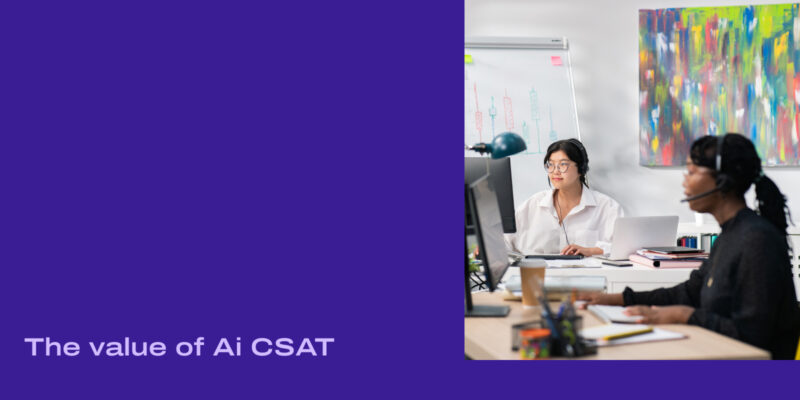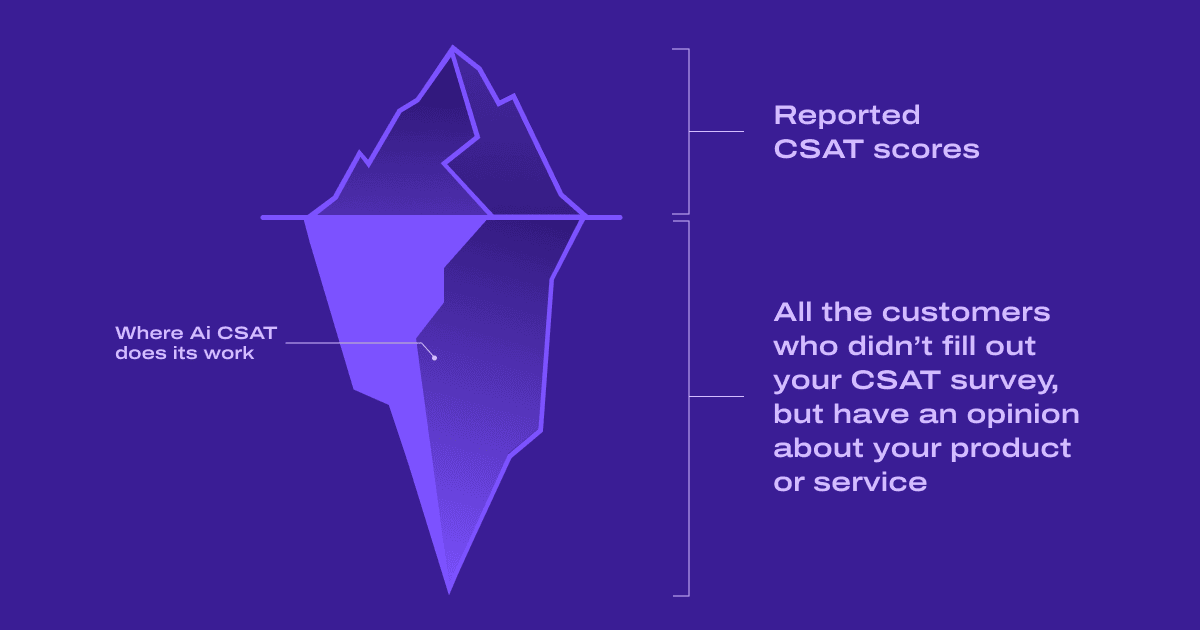The value of Ai CSAT | Part 2: What we learned from MOS

Last week, we went over the benefits of Dialpad game-changing new Ai CSAT feature. It’s easy to think of Ai CSAT as a replacement for traditional CSAT for phone calls, but the reality is slightly different, in my opinion.
I believe that Ai CSAT will become a prevalent measure of caller satisfaction used alongside the human version of the metric. Just way more useful.
There’s a very fitting analogy for this in the unified communications space: MOS.
The Mean Opinion Score, or MOS for short, is a quality-measuring scale that has been used for decades to compare the quality of phone calls.
Here’s what we learned from MOS and where Ai CSAT comes to play.
MOS: A backgrounder
In the early days of telecommunications, phone companies would recruit listeners to score the audio quality of phone calls and gauge the impact of various technologies used to transmit voice over phone lines.
(You can imagine the subjective aspect of asking people’s opinion and the cost of such a method… if you’re into this sort of thing, you’ll get a kick out of the ITU's recommendation for location and subject selection for those tests!)
It wasn’t long before engineers came up with predictive models that would scientifically measure things like latency, jitter, or packet loss and summarize it into a predictive MOS that was very similar to the human version.
Today, no one is using human listeners to calculate MOS anymore, and predictive MOS is just called MOS. It’s used by every single service provider to track the quality of their service.

MOS didn’t completely replace human polling though. In fact, quite the opposite. Now that calls are made from computers and smartphones, it’s become very easy to let people rate calls. Plus, we have access to a lot more human feedback than we did when phones had no screen or internet connectivity.
At Dialpad, we take advantage of this by asking our customers to rate every single call.
Now imagine an iceberg
If you think of the billions of Dialpad calls as an iceberg, the user ratings would be the visible part above the water line while MOS is the view of the whole iceberg. You don’t have to be a sailor to understand how much more value you get from seeing the shape of that iceberg rather than trying to estimate it based on the visible part. Being able to see the whole thing is invaluable.
That’s very similar to the concept behind Dialpad’s Ai CSAT feature. If you’ve ever run a CSAT survey, you know about responder bias—how the customers who leave feedback tend to be either the happiest or unhappiest ones.
And you also know how you can’t assume the tip of the iceberg resembles the whole thing.
Ai CSAT lets you see the whole iceberg
Collecting CSAT on calls has always been challenging, in the same way measuring MOS was in the early days. When it comes to gauging customer satisfaction, until today, we were still trying to assess the iceberg size by looking at the visible part. With its new Ai CSAT feature, Dialpad lets you see the whole iceberg.


